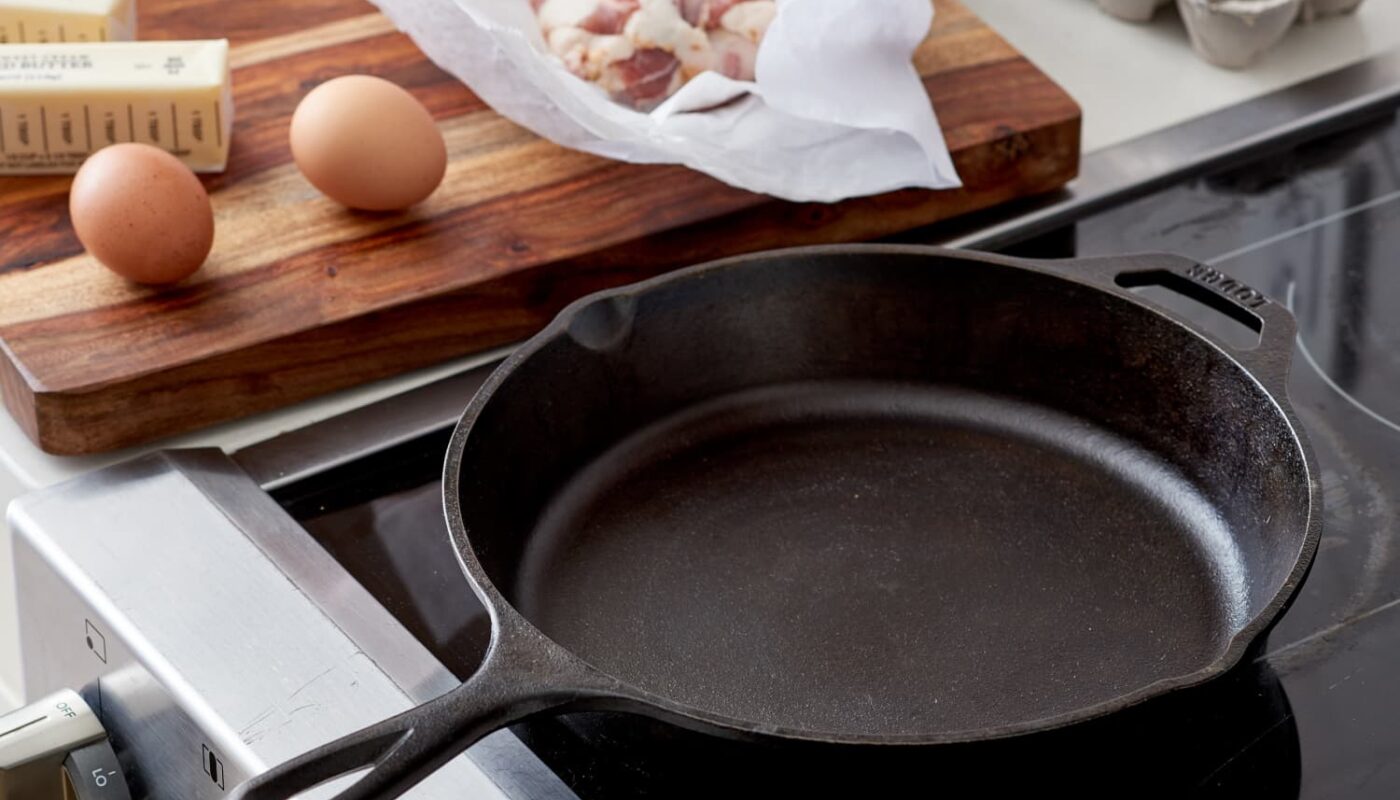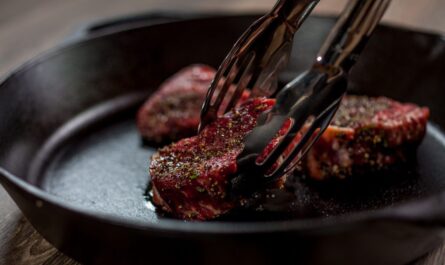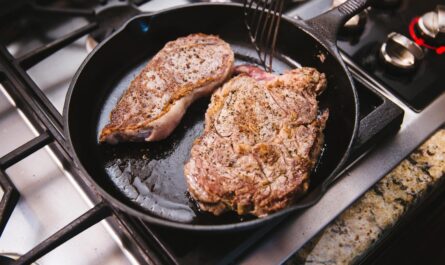If youre a sushi lover, cooking salmon the right way is an art, especially when using a cast iron skillet on your stovetop. Whether youre looking for perfectly crispy skin, a tender middle, or both, mastering this method can elevate your salmon game to delightful perfection. With the right approach, tools, and tips, you will achieve mouthwatering results that rival restaurant-quality dishes.

Why Cook Salmon in a Cast Iron Skillet on a Stovetop?
The cast iron skillet is an incredibly versatile tool known for its ability to provide even heat distribution. This makes it the preferred choice for cooking salmon because it ensures consistency. When done on the stovetop, the process allows for better control over temperature, resulting in a terrific texture crispy on the outside, moist on the inside. Moreover, it provides a charming rustic cooking experience.
Preparing Your Cast Iron Skillet
1. Season the Skillet
Seasoning your cast iron skillet ensures a non-stick surface and prevents the salmon from sticking. If you dont know how, simply oil the skillet lightly with cooking oil and heat it on the stove until it smokes slightly.
2. Preheating the Skillet
A preheated skillet is key for achieving that crispy salmon skin. Place the skillet on a medium flame and let it heat up for about 5 minutes.
Choosing Your Salmon
1. Fresh or Frozen?
Always opt for fresh salmon for the best flavor and texture. If using frozen salmon, ensure its fully thawed before cooking.
2. Skin-On or Skinless?
Skin-on salmon is highly recommended, as the skin helps protect the fillet during cooking and contributes to a tremendous crispy finish when cooked properly.
Tools Youll Need
- Cast Iron Skillet: A well-seasoned skillet is essential.
- Tongs: For flipping the salmon carefully.
- Spatula: A fish spatula works best for precision.
- Paper Towels: For patting the salmon dry.
- Oil: Use neutral oils like avocado or vegetable oil for searing.
Step-by-Step Guide: How to Cook Salmon in Cast Iron Skillet on Stovetop
1. Pat Dry the Salmon
Using a paper towel, pat the salmon fillets completely dry. Removing excess moisture ensures that the skin will crisp up nicely during cooking.
2. Season Generously
Sushi lovers can keep it simple with salt and pepper, but you can also add garlic powder, paprika, or fresh herbs to enhance the flavor of your salmon.
3. Heat the Skillet
Place the skillet on medium-high heat. Add a tablespoon of oil and let it get hot youll know its ready when it starts shimmering.
4. Lay the Salmon Skin-Side Down
Carefully place the salmon, skin-side down, on the skillet. Use tongs to avoid splashing hot oil.
5. Avoid Overcrowding
Dont overcrowd the skillet. Cook in batches if youre preparing multiple fillets to ensure even cooking.
6. Sear the Salmon
Let the salmon cook skin-side down for about 4-6 minutes. Do not disturb the fish as it cooks to achieve that crispy skin.
7. Flip and Cook
Using tongs or a spatula, flip the salmon to the flesh side and cook for an additional 2-4 minutes, depending on the thickness of the fillet.
8. Test for Doneness
The salmon is done when it reaches an internal temperature of 145F or is opaque and flakes easily with a fork.
Common Mistakes and How to Avoid Them
- Overcooking: Always watch your cooking time to prevent the salmon from turning dry.
- Skipping Preheating: A cold skillet can lead to sticking and uneven cooking.
- Not Drying the Fish: Moisture can prevent the skin from crisping properly.
Perfect Side Dishes for Skillet-Cooked Salmon
Pair your salmon with light and refreshing sides such as roasted asparagus, garlic mashed potatoes, or a simple cucumber salad. These options complement the rich flavor of the salmon beautifully.
Internal Links
For more terrific cast iron skillet recipes, check out the following guides:
Relevant External Links

FAQ Section
1. Can I use olive oil for cooking salmon in a cast iron skillet?
Yes, but olive oil has a lower smoke point than some other oils. Consider using avocado oil or vegetable oil for better results.
2. How do I prevent my salmon from sticking?
Ensure your skillet is well-seasoned and preheated, and always pat your salmon dry before cooking.
3. Whats the best way to clean a cast iron skillet after cooking salmon?
Avoid using soap. Scrub the skillet with warm water and a brush, then dry immediately and season lightly with oil to maintain its surface.
This article contains affiliate links. We may earn a commission at no extra cost to you.




